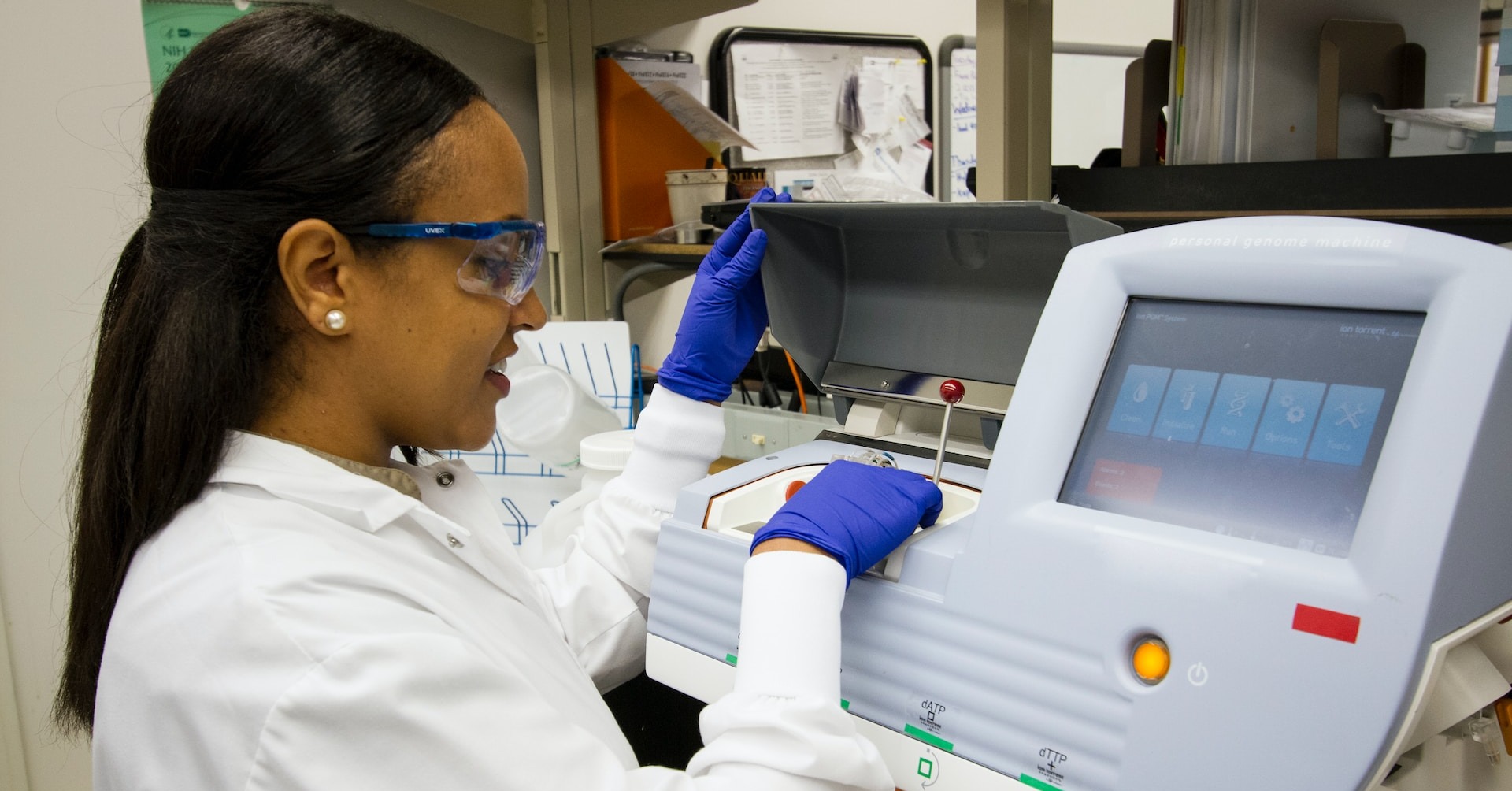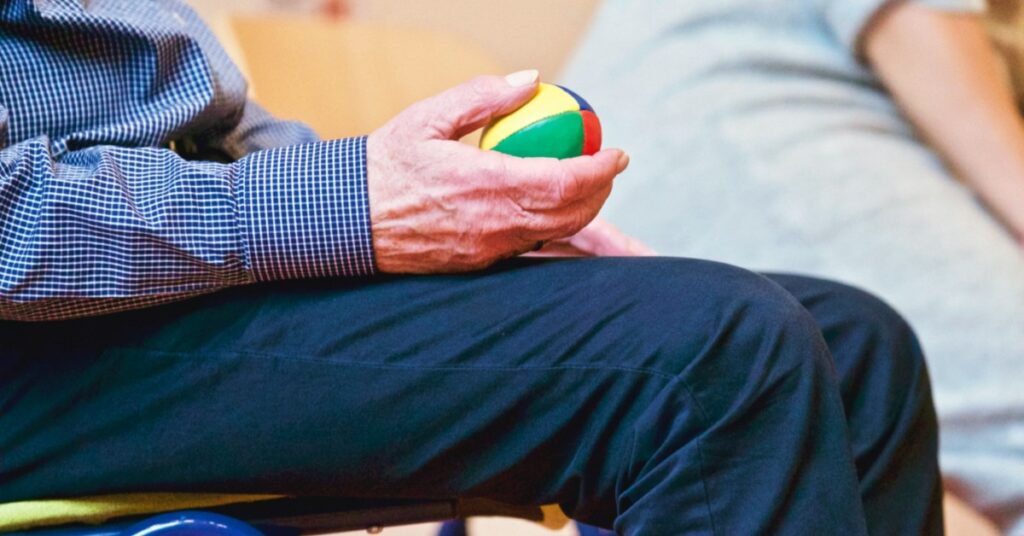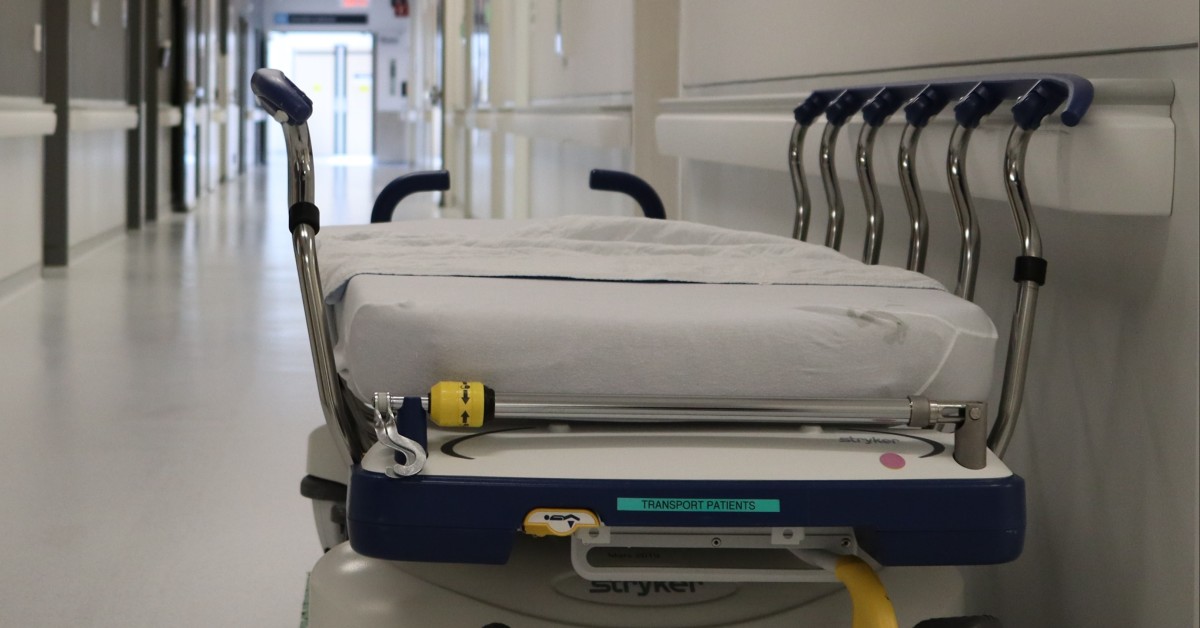
Where Do Epidemiologists Work?
Epidemiologists work in many settings, including hospitals, universities, and federal, [...]

Anyone beginning the process of exploring what it takes to become a physical therapist might be surprised—even put off—to learn that the entry-level degree necessary for state licensure is a Doctor of Physical Therapy (DPT).
But have no fear. The good news is that DPT students have a much shorter course of study than medical students pursuing their MD (which is four years for the degree, plus three to seven in a residency). A DPT typically can be earned in less than three years, including several terms of clinical practice.
In this article, we’ll explain how much time to expect to dedicate toward completing your full-time DPT program, including details like:
So what can you expect to actually cover in a physical therapist program? First of all, it’s important to remember that PT students already have earned STEM-related bachelor’s degrees and are starting their studies with a range of prerequisite courses on their transcripts.
The first several terms of a DPT program focus on a range of health care subjects: human anatomy, pathology, and pharmacology. These are followed by courses on the techniques of PT itself, incorporating more hands-on labs along the way.
As your studies progress, you’ll have the ability to add electives that are aligned with your intended specialty. These electives will build toward the culmination of the program: clinical education.
Every Commission on Accreditation in Physical Therapy Education (CAPTE)-accredited program approaches their DPT curriculum in a unique way. Arcadia University, for example, starts off with 20 courses that all are related to physical therapy cases. The University of Pittsburgh’s program, on the other hand, combines courses in:
You should be able to look at any prospective school’s curriculum and discern a clear path from foundational PT courses through to culminating work in a clinical setting.
In the first several terms, you will likely see courses that cover:
As the program progresses, expect to take more courses related to physical therapy devices, approaches, and procedures, such as:
Some schools also will incorporate topics like business practices and management care systems to help prepare you for the day you’ll be a working physical therapist.
In such a hands-on field, standard education courses are interspersed with labs, immersions, and on-site clinical work. Students will immediately engage in lab work, putting to practice the complex skills learned through coursework. This provides the chance for students to work under the supervision of faculty before transitioning to a professional clinical setting. Depending on the program, you could spend as many as 36 to 42 weeks working with a professional clinical program.
Winston-Salem State University, one of the top HBCUs that excel in PT, connects with over 200 sites for students to complete their clinical immersion. Over the course of four sections of clinical work, students must establish and achieve clear objectives to smoothly enter their careers. These include:
At first glance, you might assume that the Doctor of Physical Therapy degree couldn’t be effectively earned through an online program. With so many practical elements, how is this possible?
The University of Pittsburgh offers a hybrid option that nearly mirrors its in-person degree program. Hybrid students complete the majority of their school work online from home. Synchronous lectures are mixed in with asynchronous, self-driven coursework.
However, twice a semester, these off-campus students travel to Pitt for six to nine days, where they have the opportunity to work directly with faculty, complete in-person labs, and connect with their classmates.
Unlike many doctoral programs, you do not need a master’s for admission to a DPT program. You will, however, need a bachelor’s in a STEM-related degree.
Here’s what you can expect from the DPT application checklist:
Take note that the American Physical Therapy Association (APTA) offers a program known as the Physical Therapist Centralized Application Service, or PTCAS. Much like the common application for undergrads, the PTCAS offers a standard application process to apply for several universities at once. Not all schools participate, but it can help streamline your application process.
The Doctor of Physical Therapy degree takes between two and three years to complete. Most schools require taking between seven and nine consecutive terms for completion.
Additionally, you can expect to enroll with your cohort of students at the same time. New York University, for example, starts in the summer, with application deadlines the fall and winters before. Pitt, on the other hand, always launches in the fall and ends just about two years later.
When looking for the ideal school, keep an eye out for the two or three-year graduation or pass rate. This is a key indicator of how often students can balance the intense program and clinical placement over the many terms.
Some schools permit students to combine their undergraduate and doctorate degree in what’s called a 3 + 3 program. This APTA-approved curriculum provides a PT career path for students right out of high school.
In the first three years, students complete the necessary prerequisite undergraduate courses necessary to advance to the DPT program, and spend the remaining three years taking their DPT coursework.
So much of choosing a career path comes down to imagining what your day-to-day life will look like after graduation. As a physical therapist, you can make a direct impact on someone’s quality of life every day. You’ll get to know your patients over the course of many sessions, build a dynamic plan for their recovery, and watch them move past the challenges of illness and injury.
You can also tailor your career to your specific passions and the current demand for experts in the field. For example, you may choose to work with children with developmental disabilities. Or, since PT is becoming even more important after the COVID-19 pandemic, you can study geriatric PT to work with older adults who were essentially shut-in during the pandemic lockdown or treat their symptoms of long-haul COVID.
After you pass your state licensure exam, you will have the option to work in a very wide field of PT specialties, including:
According to US News and World Report, physical therapy is one of the top healthcare jobs, with average salaries around $90,000 a year (though you may earn much more, depending on your industry and location).
However, the report also considers the stress level of being a PT specialist above average, and for good reason. The physical demands—both being on your feet and performing the techniques themselves—can be taxing over time, leading to burnout.
As a professional physical therapist, you must keep a balanced and physically healthy life yourself to care for patients with such a wide range of needs. However, the right DPT program and clinical residency will effectively prepare you for your career so you’re ready for whatever challenges come your way.
Questions or feedback? Email editor@noodle.com

Epidemiologists work in many settings, including hospitals, universities, and federal, [...]

In the occupational therapy field, a doctorate can open doors [...]

Genetic counseling is a career that combines science and sensitivity,especially [...]

Health care systems require social workers to assist individual patients [...]

Roughly one in four optometry students pursue a residency after [...]
Categorized as: Physical Therapy, Nursing & Healthcare